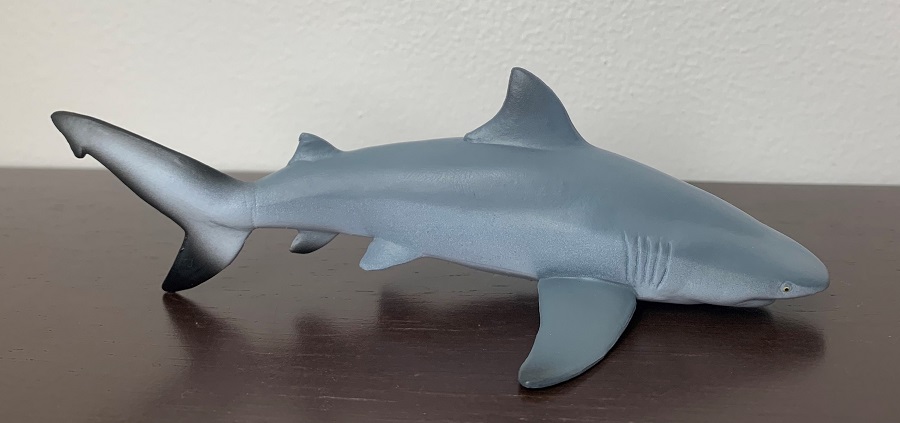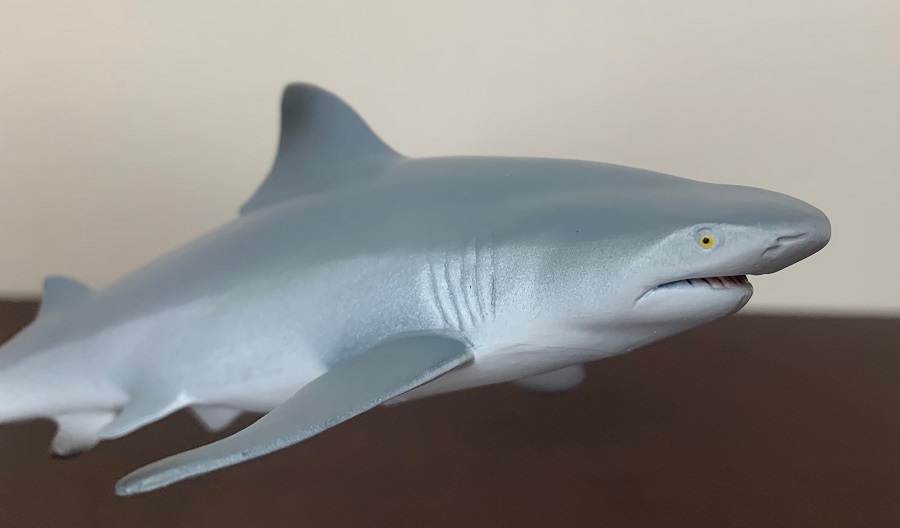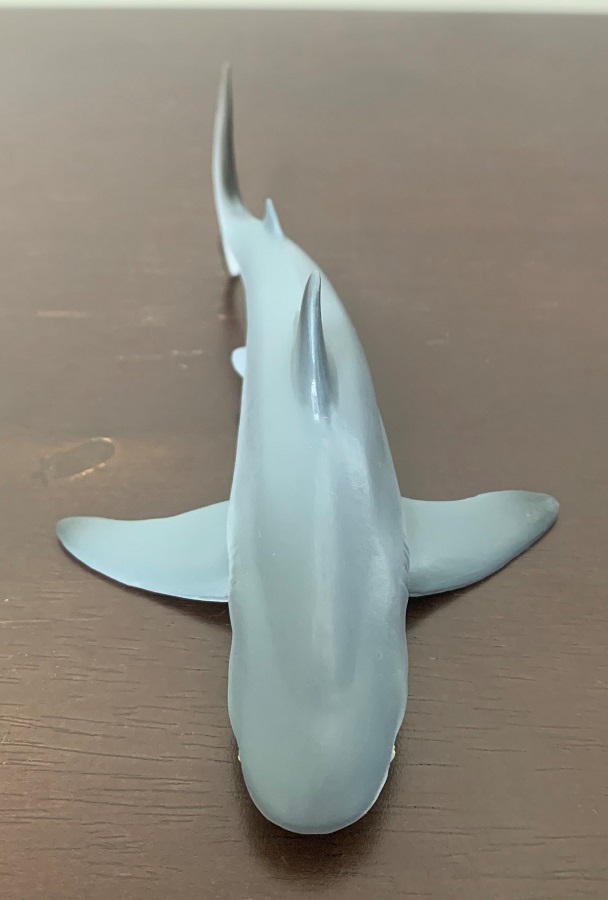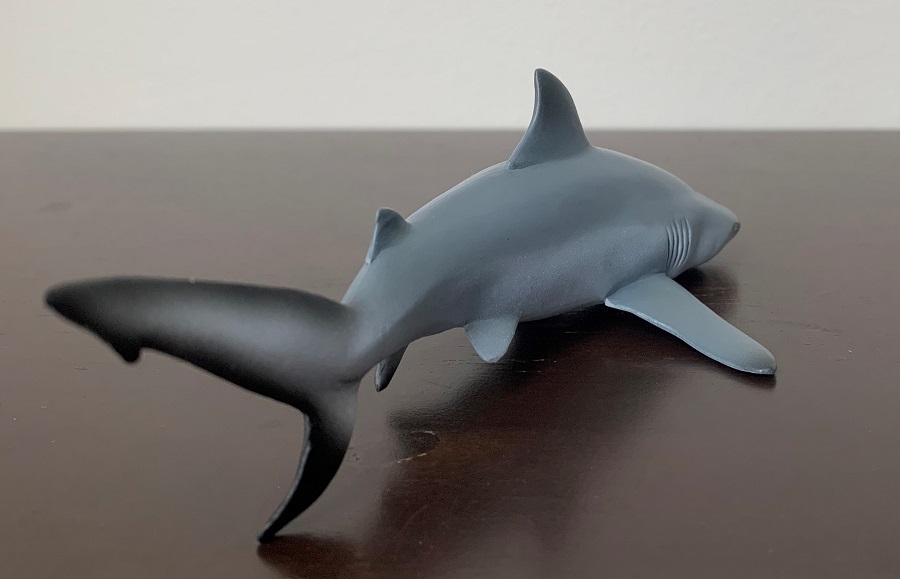Counted among “The Big 3”, the bull shark (Carcharhinus leucas) is considered one of the most dangerous sharks in the world, right alongside the great white and tiger shark. The frequency in which this species encounters humans is due to its preference for habitat that humans also enjoy, shallow warm coastal waters, estuaries, and bays. Unlike most sharks the bull shark also frequents brackish and freshwater habitats. Contrary to popular belief the bull shark is not the only species to visit freshwater as sharks of the genus Glyphis also occur in freshwater. The Ganges shark (Glyphis gangeticus) is even capable of reproducing in freshwater which is something the bull shark cannot do. Still, the bull shark’s tolerance for freshwater is impressive, and specimens have been recovered far from the sea, such as the one caught in Illinois out of the Mississippi River. Although dangerous by shark standards a lot of the perceived threat from bull sharks is overblown. I live near the Chesapeake Bay where the bull shark is a frequent summer visitor but there has never been a confirmed shark attack in the Chesapeake. I’m considerably more worried about sea nettles than I am bull sharks when I go swimming.

Today we’re looking at Papo’s 2019 take on the bull shark. Safari and Mojo also have a bull shark, but I find the Mojo offering mediocre, and while Safari’s is nice it’s also kind of cartoony looking, so I picked the Papo bull shark for my collection. It’s my first shark from Papo, and my first Papo review for the ATB so I’m eager to get started.

The Papo bull shark measures about 6” (15.2 cm) in length. Actual bull sharks reach an average length of 8’ (2.4 meters) and the largest recorded bull shark measured 13.1’ (4 meters). This figure fits nicely in the 1/20 scale range if scaled down from a 10’ (3 meters) specimen. Like most sharks the females are typically larger than the males and the lack of claspers on this toy indicates that it’s a female.

The Papo bull shark accurately depicts the bull shark’s stocky build, broad blunt snout, small eyes, triangular dorsal fin, and angular pectoral fins. Five gill slits are present, and teeth appear to be sculpted in the mouth but are hard to see since the mouth is mostly closed. This toy even has a cloaca, which is not something you see on many shark toys.

The Papo bull shark is painted in gray tones that fade to white on the underside. Black edging is painted on the caudal fins and the anal, pectoral, and first dorsal fins are tipped in black. Younger bull sharks have black tipped fins that fade with age. The eyes are yellow with black pupils and the inside of the mouth is pink.

The paintjob on this figure is fantastic, and one of the primary reasons I picked it over the Safari figure. The Safari toy outlines the shark’s gills, eyes, mouth, and nostrils in black paint which give it the cartoony appearance I mentioned earlier, the Papo bull shark manages to avoid that, giving it a much more lifelike appearance.

Bull sharks are members of the requiem shark (Carcharhinidae) family which contains 60 species in 12 genera. Other requiem sharks include the tiger, blacktip reef, blue, and oceanic whitetip sharks. Bull sharks primarily feed on small bony fishes but will also eat rays, small sharks, turtles, crustaceans, sea birds, marine mammals and other prey.

The Papo bullshark is, as far as I can tell, a flawless figure. It is in my opinion the best of the bull sharks currently available and I’m quite pleased with it. Papo has a few shark offerings but none of them caught my eye quite like this one. Hopefully Papo produces more sharks like this in the future. The Papo bull shark is still in production and sells for about $7.00 USD.

Disclaimer: links to Ebay and Amazon on the AnimalToyBlog are affiliate links, so we make a small commission if you use them. Thanks for supporting us!



